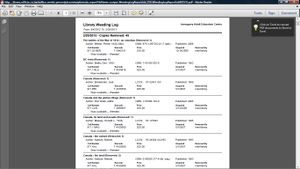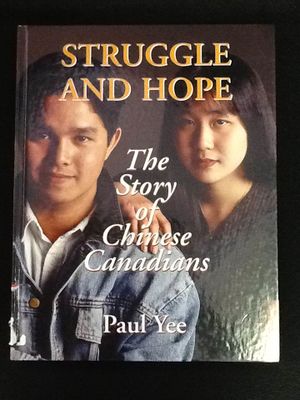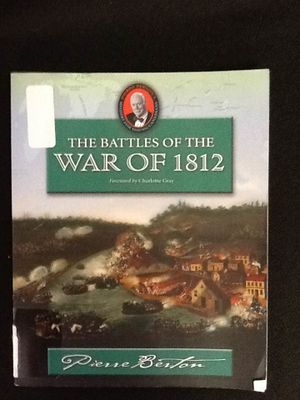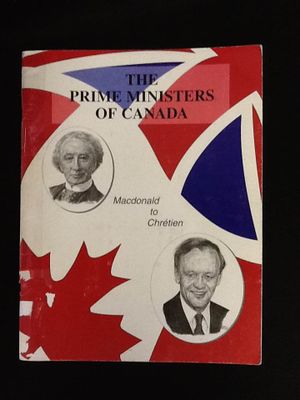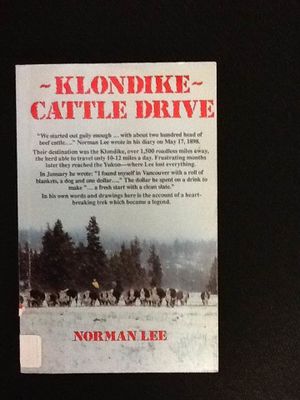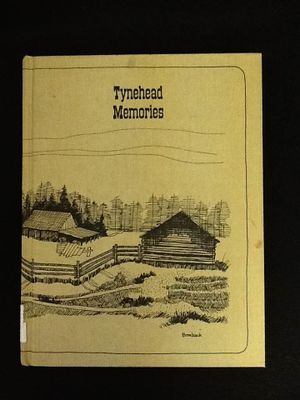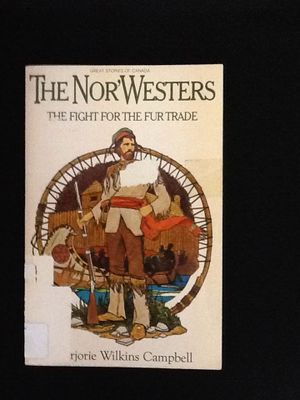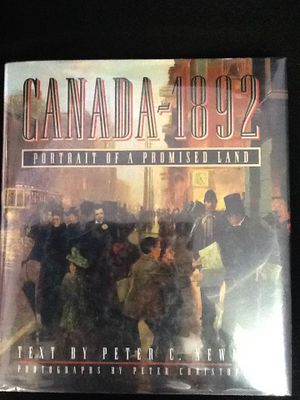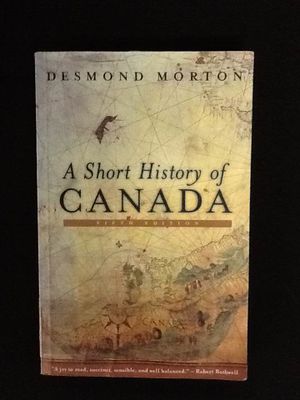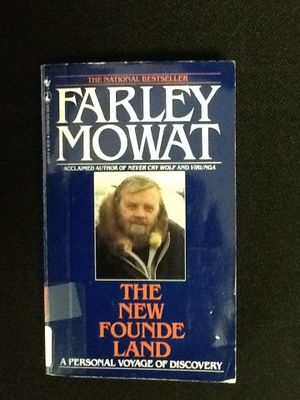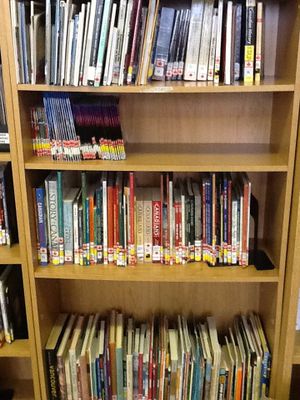User:LeslieHunt
LIBE 463 Wiki
Assignment 4: Weeding Project
Weeding report
This is only a snapshot of the weeding that has taken place so far in the library (for some reason, I am unable to upload my weeding report). Over 100 titles have been removed from the catalogue, but not all were from the 971 section. I have also included a before and after picture of the weeding shelves.
Ten Weeded Titles:
1. Struggle and Hope: the Story of Chinese Canadians
a. Published in 1996
b. Not reflective of today’s immigrants
c. No recent circulations
d. Superceded
2. The Battles of the War of 1812
a. Language is too challenging for clientele
b. More like a textbook
c. Unappealing layout: small text, few visuals
d. Few circulations
e. Irrelevant to the needs of the school community
3. The Prime Ministers of Canada, 1867-1995: Macdonald to Chretien
a. Dated
b. Cover is worn
c. Some stains
d. Other titles in the collection have the same information
e. Few circulations
f. Ugly, Superceded
4. Klondike Cattle Drive; The Journal of Norman Lee
a. Not really relevant to the curriculum
b. Unappealing layout: small text
c. Reading level is quite high
d. Only three other copies in the District
e. Zero circulations
f. Irrelevant to needs of the school community
5. Tynehead Memories
a. Although this text is of local historical significance, it is an unappealing title
b. Unappealing appearance: cloth covered, dated appearance
c. Presents mini biographies on Surrey families in an traditional type-set font
d. Blurry black and white images
e. Zero circulations
f. Ugly
6. The Nor’Westers
a. Unappealing appearance: cover is very dated, text is small
b. Reading level is quite high
c. Zero Circulations
d. No other copies in the District
e. Ugly
7. The Greater Vancouver Book
a. Duplicate Copy
b. Worn cover
c. Unappealing layout: small text, thin phonebook style pages
d. Large and cumbersome
e. Zero circulations
8. Canada 1892
a. Large, cumbersome to sign out
b. Zero circulations
c. Only deals with one specific year in history
d. Irrelevant to the needs of the school community
e. This title is not labelled for destruction, it has been made available to staff and if it is not taken, it will go to the District Swap Meet in the autumn
9. A Short History of Canada
a. Unappealing layout: small text, few images
b. Reading level quite high
c. Few circulations
d. Superceded by another text that contains several images
10. The New Founde Land
a. Unappealing: dated cover, small text, few images
b. Irrelevant to school community
c. No other copies in the District
d. Zero circulations
Reflection
I found weeding the 971 section of my collection to be a rewarding experience. The shelves were originally over-crowded and disorganized. After weeding, there is much more room and titles are much easier to find. I was able to remove one shelf to better shelve the large format books instead of having them on their sides; however, the shelves are still quite crowded. I could have left the shelf in place, but it would have meant having the books shelved on their sides, which seems to pose a larger problem for locating books than having full shelves. After completing this project, I am looking forward to weeding other small sections of the library. Had I done the section located before the 971 section, I would have had even more shelving options.
To complete my weeding project, I just focused on the 971 section. Although there are other sections of the collection that link to the Foundations Social Studies curriculum, this particular section has the strongest ties and the most titles, therefore the need for weeding this section was a priority. Additionally, other classes have used this section, so making it more accessible and relevant benefits multiple classes.
The way I approached this project was to use a combination of the circulation statistics, a visual inspection of the titles, and the school district catalogue. I used my circulation report and then went through each title to look at the physical condition of the books as well as to check the circulation card inside the books to get a complete view of the number of circulations. Many titles that had zero circulations on the report also had zero entries on their cards. For titles that appeared to be dated, I checked their publication dates and used the criteria recommended in the school district’s teacher-librarian handbook. For example, titles that dealt with specific geographical areas like cities or provinces, I regarded as comparable to encyclopaedias and atlases. The district recommends weeding these titles after five years. Some of the titles were printed in the 1990s, so economic, population, and architectural information in these books is now dated. Other titles appeared to be dated simply by their physical appearance. A book that is unappealing: worn, yellowed, stained, dated, and black and white, will not circulate. Finally, if I was in doubt, I would check to see if the title was found in other schools. Often titles were found, but in very few schools or in elementary schools. While the reading level may be appropriate for the clientele at the school, the way it is presented may be too childish. I was surprised to find a few titles that I was prepared to weed available in most schools. I determined that similar titles were not available to replace the title, so I ended up keeping a few titles that, despite their age, still have some historical relevance and significance.
After removing the books from the shelves, I removed them from the catalogue. I then had my library workers remove the barcodes and stamp the books “discarded” for titles that could be re-used (these are titles that have duplicates or are popular in other schools.) These books are going to be made available to the staff at my school for use in their classroom, then they will go to the district swap meet. For titles that are so dated and unappealing, I placed them in district recycle boxes. These will be picked up by district staff and then shredded.
I focused primarily on the school district’s teacher-librarian handbook to complete the weeding, instead of applying the theory presented in the readings. I found most of the readings to be quite repetitive and the handbook seems to bring many of these ideas together anyway. I do think that some of the advice in the readings is useful to keep in mind. I like Dr. Dickinson’s suggestion of taking fifteen minutes each week and using the one shelf approach. This makes weeding a much more manageable task. Additionally, this advice fits in well with the State of Iowa Department of Education’s document “Weeding the Library Media Center Collection” by Betty Jo Buckingham and Barbara Safford. This document reminds teacher-librarians that “selection is an ongoing process which shall include the removal of materials no longer appropriate and the replacement of lost and worn materials still of educational value.” The idea that it is part of the selection process is integral to collection management. Teacher-librarians need to manage their collection continuously, therefore, they need to weed continuously. By remembering that weeding is part of collection management, and taking a manageable approach to weeding, the quality of the collection will only be enhanced. I will definitely keep these points in mind when managing my collection. Furthermore, the seven reasons why responsible librarians must weed as part of the selection process could be useful when defending weeding choices.
Works Cited
Buckingham, Betty Jo and Barbara Safford. “Weeding the Library Media Center Collections.” State of Iowa Department of Education, 1994. PDF. 25 February 2013.
Dickinson, G. “Crying Over Spilled Milk.” Library Media Collection. 23,7 (2005): 24-26. Education Research Complete. Web. 25 February 2013.
